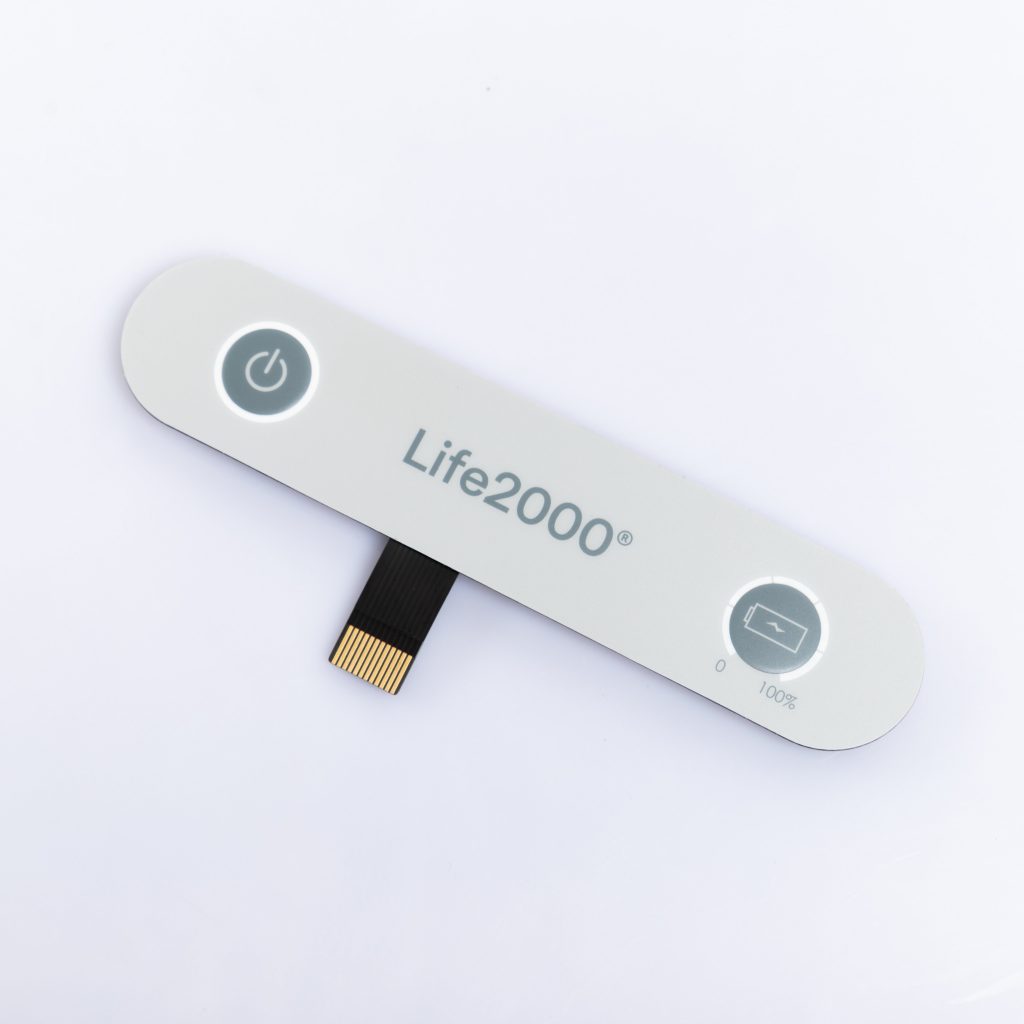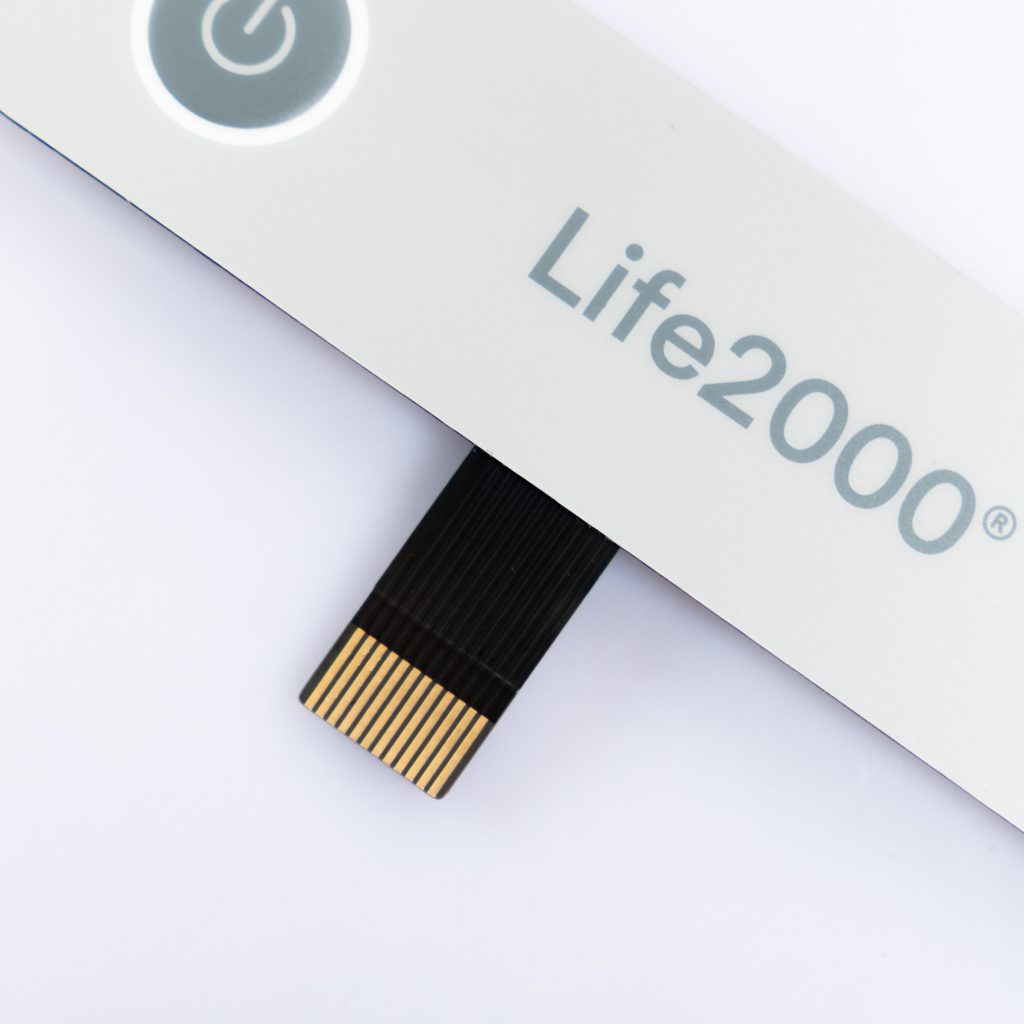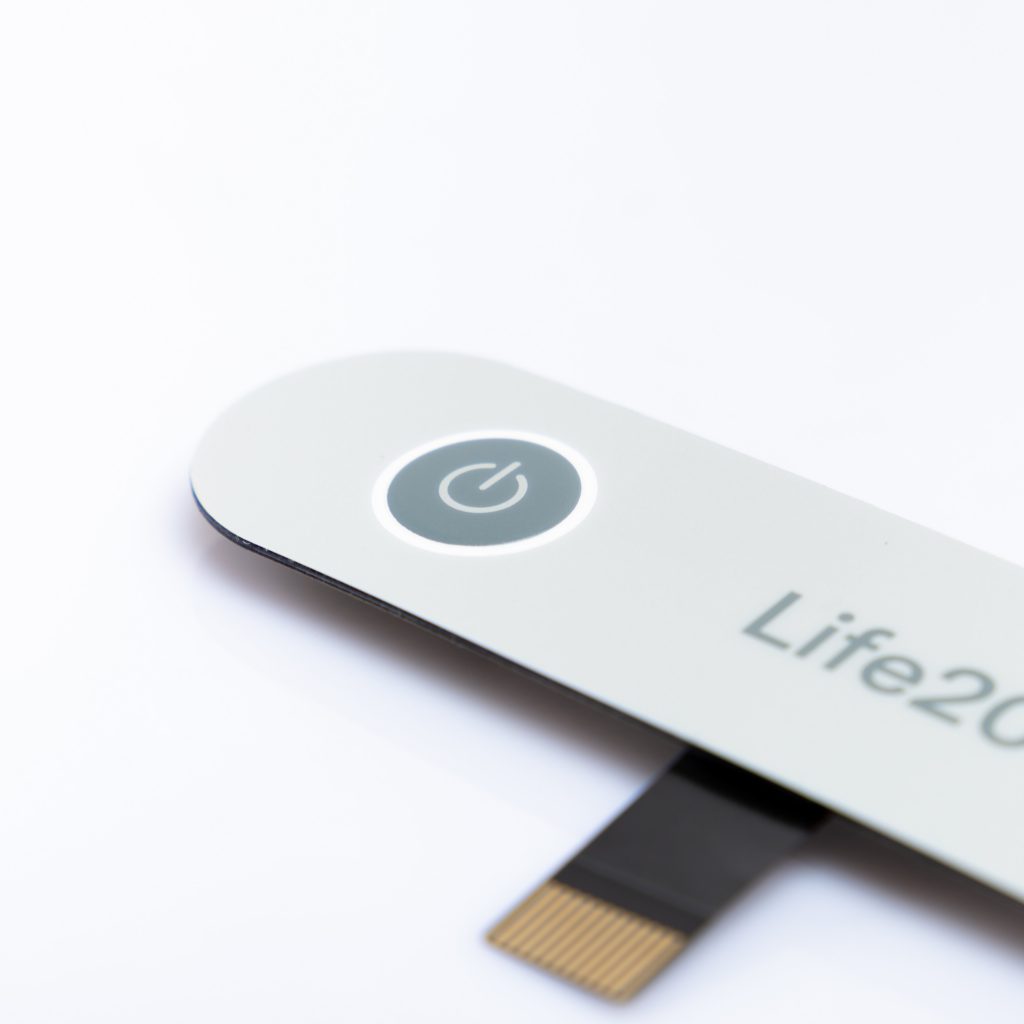Contact
Write to Us And We Would Be Happy to Advise You.
Do you have any questions, or would you like to speak directly with a representative?
By hqt
Have you ever sipped a cup of coffee and wondered about the intricacies of the machine that brewed it? It’s fascinating, isn’t it? Well, for many coffee enthusiasts, the brewing mechanism matters just as much as the beans. And, at the heart of this mechanism, lies the capacitive membrane switch – the panel that lets you control the coffee-making process. Now, imagine you had to choose between two popular materials for this switch: PET and PC. Which one would you choose? Let’s dive into this debate!



Choosing the right material for your coffee maker’s control panel isn’t just about aesthetics. It affects the durability, functionality, and efficiency of the device. Making the wrong choice might lead to premature wear and tear or poor performance.
Before we plunge into the comparison, let’s understand what a capacitive membrane switch is. It’s a touch-sensitive device, usually used in appliances like your coffee maker, to initiate various functions. These switches rely on the human body’s capacitance as an input, and thus the material used for the panel is crucial.
PET, or Polyethylene Terephthalate, is a type of plastic commonly used in various applications. But how does it fare for capacitive membrane switches?
PET is flexible, lightweight, and has excellent dielectric properties. It’s also resistant to most chemicals and offers good thermal stability.
Now, let’s turn our attention to PC, or Polycarbonate.
What is PC?
PC is a tough and durable type of plastic known for its impressive impact resistance and clarity.
Benefits of PC Panels
Drawbacks of PC Panels
Comparison: PET vs PC for Coffee Maker Controls So, PET or PC? Here’s a comparative analysis to help you decide.
Durability and Lifespan PC generally outlasts PET in terms of durability, especially in high-usage scenarios.
Flexibility and Design Options PET offers better flexibility, allowing for more innovative designs.
Cost-Effectiveness If you’re on a budget, PET might be the better choice, but remember, durability could affect long-term costs.
Environmental Impact Both materials are recyclable, but PET is often considered more environmentally friendly.
Temperature Resistance For hot environments or appliances that heat up significantly, PC would be more appropriate.
Choosing between PET and PC for your coffee maker’s capacitive membrane switch boils down to your specific needs. If you want flexibility and cost-effectiveness, PET might be the way to go. But if durability and temperature resistance are your primary concerns, PC could be the better choice. In the end, it’s all about finding the right balance for your coffee brewing experience.
While both materials offer design customization, PET might offer slightly more flexibility in intricate designs.
Do you have any questions, or would you like to speak directly with a representative?